Cannabis Sativa, Indica and Ruderalis Plant | all differences
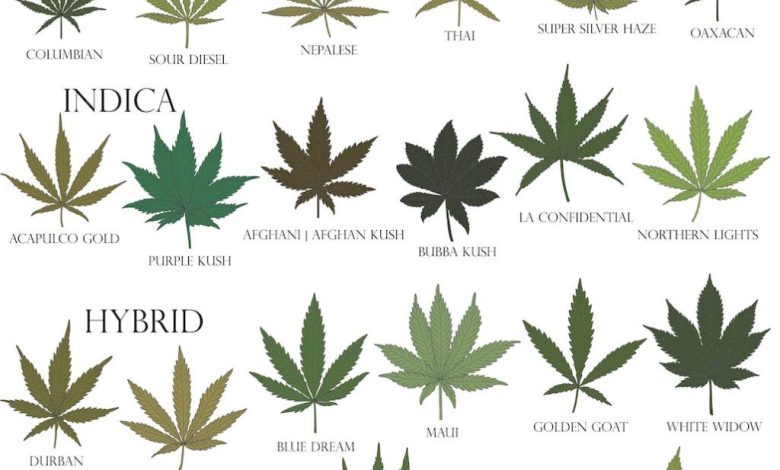

There are numerous strains of cannabis plants spread throughout the world, displaying great diversity in terms of growth, aromas, flavors, and yields.
Within this plurality, the common note is belonging to one of the three families of cannabis plants that exist: sativa, indica and ruderalis.
Some varieties that describe three very different and unique groups of plants belonging to the Cannabaceae family. Knowledge of the characteristics and differences of these different genetic families is vital for growers.
Thus, depending on the genetic family to which they belong, each cannabis plant will require different preparations and care to obtain positive results.
But what are sativa, indica and sativa cannabis plants? What differences exist? Which is the oldest: indica or sativa?
Types of cannabis plants
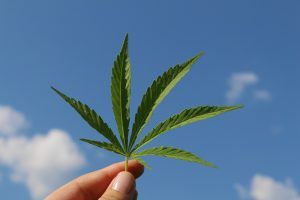
Although each of these three groups has its own characteristics and a specific type of crop, most of the genetics that can be purchased on the market are hybrids in which indica and sativa cannabis are mixed, with one of the two predominating.
In addition, in the case of autoflowering strains, ruderalis genetics are added, speeding up plant growth.
- Sativa is the largest and most popular cannabis plant, native to the equatorial jungles. The weather and a few hours of consistent sunlight keep the plants growing as they bloom. The leaves are long and thin.
- Indica is a much stockier and shorter cannabis plant, originating from subtropical countries like Pakistan and Afghanistan. Its shape is wider, fan-shaped, in order to absorb a greater amount of sunlight, which is more changeable in those areas farthest from the equator. For this reason, they also flower much faster, being ideal for those who want to grow to monetize the plantation to the maximum: less space, faster growth, more benefits.
- Ruderalis is a relatively new plant and flourishes in the wildest and coldest areas of the world, in countries like China or Russia. It stands out for being autoflowering, that is, it grows by itself. Its size is very small and it grows very fast, with small leaves and few side branches.
What was the original cannabis plant?
The cultivation and use of cannabis sativa plants is several thousand years old, being used as food and natural textile fiber since ancient times.
Likewise, its use as a narcotic is documented more than 2700 years ago. In addition to being ancient, the sativa seems to have its origin in Asian lands, specifically somewhere in the Himalayas.
Did you know…?The study of pollen to determine the evolution of marijuana led paleobotanists to trace the origin of marijuana to the Tibetan Plateau of China, in the Qinghai Lake area. Thus, starting from a common hop, the sativa evolved 28 million years ago.
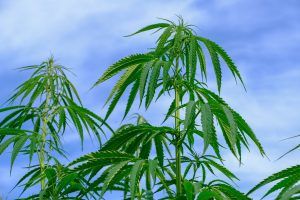
For its part, the indica cannabis plant is also centuries old, originating from northern Central Asia, to spread throughout China, Russia, Kazakhstan, Kyrgyzstan and Mongolia, while rudeleris is the most modern of the three variants.
Thousands of years old, ruderalis appeared in Russia, a country where it continues to grow wild. A variety that some botanists do not consider as a species as such, but that genetically is located between the sativa and the indica.
What are the differences between the different cannabis plants?
The differences of origin are also behind the disparities in properties, uses and type of cultivation.
Some were harvested just to extract their fibers to make textiles and tools, while others grew them for their medicinal and recreational benefits.
But what are the differences between one and other types of plants?
- Indica plants have dark green, large, thick leaves with up to 9 leaflets, while sativas are light green, thin, elongated and made up of more than 9 leaflets. Ruderalis are smaller and broader, with 3 leaflets.
- The structure of the sativas is slender, open and airy, with a thin trunk, with many lateral branches and a height of up to 2 meters. The indicas are compact, with a thick and firm trunk, several branches and little developed and with a height of 1.50 meters. Ruderalis are short, stocky plants, with fewer branches and a height of between 50 and 60 centimeters.
- The root system of the sativas spreads more easily, but it is not very resistant, while that of the indicas is more resistant, effective and strong, with large, dense and resinous buds. Ruderalis have small buds.
- Indicas have a short flowering time, between 6 and 8 weeks, while sativas require a longer time, more than 12 weeks. Ruderalis remain in vegetative growth for 3-4 weeks, flower automatically and are ready to harvest in 70-110 days from seed.
- Regarding the effect, the indicas are usually relaxing, sedative and narcotic as they have high levels of THC, the sativas are more energizing, with very high levels of THC and THCV and zero levels of CBD, with a high psychoactivity. Ruderalis have low psychoactivity with less than 3% THC.
What use do cannabis plants have in society?
Sativas are used as invigorating and uplifting, promoting increased concentration, promoting creativity and being very useful for relieving depression and stimulating appetite.
Indicas have narcotic effects, being also effective for pain control, lack of appetite, relieving stress, anxiety, inflammation and allowing sleep.
Ruderalis, due to its low levels of THC and CBD, is often used for breeding strains due to its autoflowering characteristics, being easy to grow with little effort.
Thus, crossing with sativa or indica strains can produce a predominantly Sativa or Indica plant, but with the autoflowering characteristics of Ruderalis, that is, it is possible to maintain it with little effort and replant it immediately after harvest.

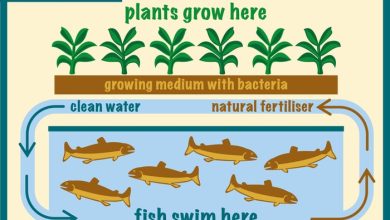
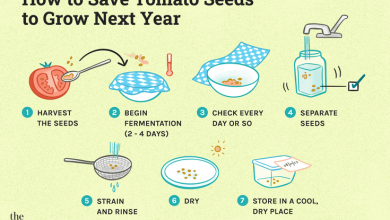
![Photo of Beach Poppy: [Cultivation, Irrigation, Care, Pests and Diseases]](https://www.complete-gardening.com/wp-content/uploads/2022/08/beach-poppy-cultivation-irrigation-care-pests-and-diseases-390x220.jpg)
